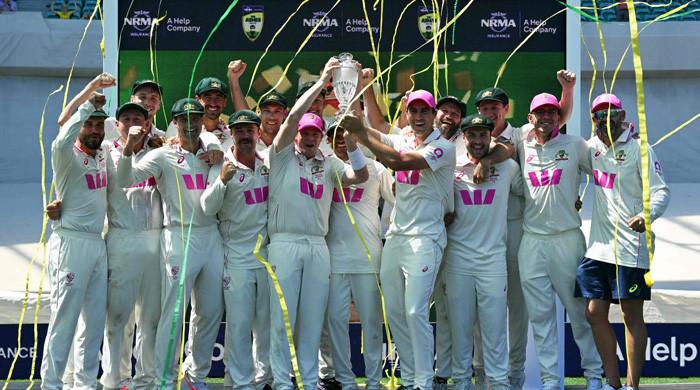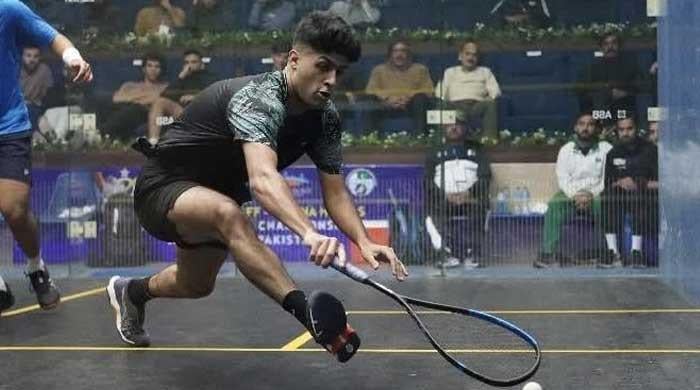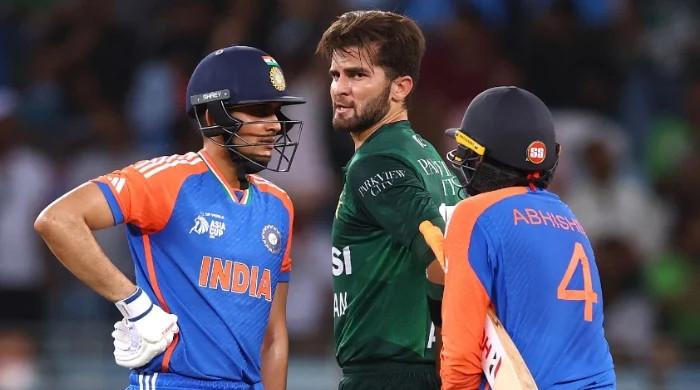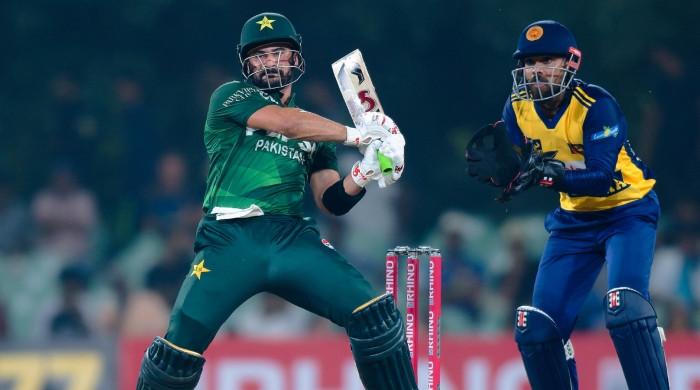Cricket comes home, again
'The contest itself, while keenly fought, lacked the edge which would make it more memorable'
September 13, 2017
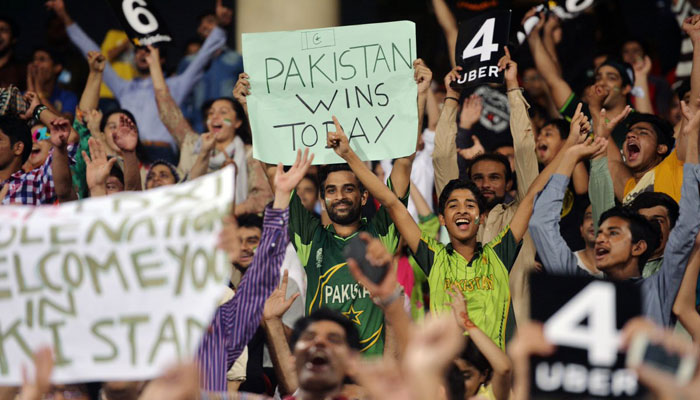
So there it was. Yet another attempt at bringing back international cricket to Pakistan.
After the 2015 tour by the Zimbabwe team, the Pakistan Cricket Board (PCB) had been trying to convince the international teams of the viability of playing cricket in front of Pakistani audience and 2017 seems like the year it all came together.
First, there was the Pakistan Super League final earlier in the year in which international players such as Darren Sammy, Marlon Samuels and others readily agreed to visit Pakistan.
Then, in June, Pakistan’s stunning victory over India in Champions Trophy tournament led to an unprecedented goodwill and all the hard work by the PCB seemed to be paid off as International Cricket Council agreed to send a World XI to Pakistan.
Thus, September was the chosen month when a motley crew of international players was assembled together to be part of this historic event. Unlike the PSL final where former cricketer-turned-politician Imran Khan questioned the quality of the international players coming to Pakistan, this team, without a shadow of doubt, was brimming with quality.
Dominated by active South African players such as captain Faf du Plessis, Hashim Amla, David Miller, Morne Morkel and Imran Tahir, who joined hands along with former England captain Paul Collingwood, former Australian captain George Bailey, former West Indian captain Darren Sammy and others to form a considerably challenging team.
In fact, this World XI consisted of players from just about every big nation barring India, for reasons well-known and well-told often enough.
The contest itself, while keenly fought, lacked the edge which would make it more meaningful, more memorable. The ICC granted these three T20 games international status, hoping it will have that sense of competition a regular international match usually has, but the traditional Gaddafi stadium energy was nowhere to be seen. Those in the stadium said that it was far more electric in the matches against Zimbabwe or even the PSL final.
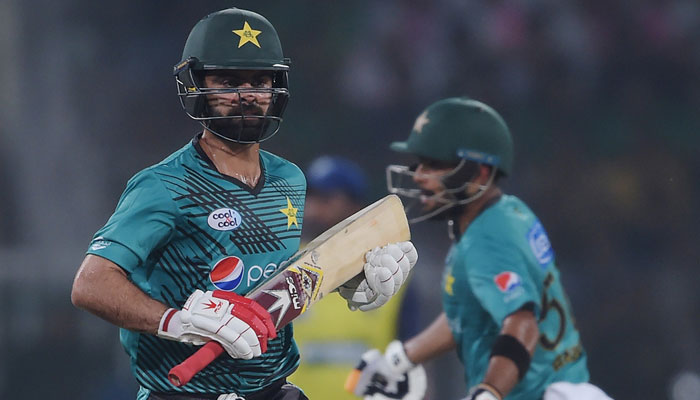
That could be blamed on the oppressively muggy weather but perhaps the more accurate answer would be the lack of crowd, something which even visiting captain Faf du Plessis noticed in his post-match comments, hoping to see a houseful in the next two matches.
This is where the PCB management comes into question, who had two months to prepare for the event but by all accounts from those on ground in Lahore, the organisation for such a huge event was utterly shambolic.
First and foremost, the traffic in the city of Lahore was a disaster. On social media and otherwise, there was a massive outcry about the traffic disruptions and lack of alternatives provided to the citizens of Pakistan’s second largest city. With Gaddafi stadium situated in the heart of the city on one of its most important thoroughfares, it was expected that there will be chaos on the roads, but the city administration did not seem to have a contingency plan.
While security was, rightly, the top priority and the PCB left no stone unturned to ensure it remained fool-proof, the communication for the event, the ticketing, distribution and marketing were an unmitigated disaster. The price points for tickets were exorbitantly high, for matches that were, strangely, scheduled smack in the middle of the week.
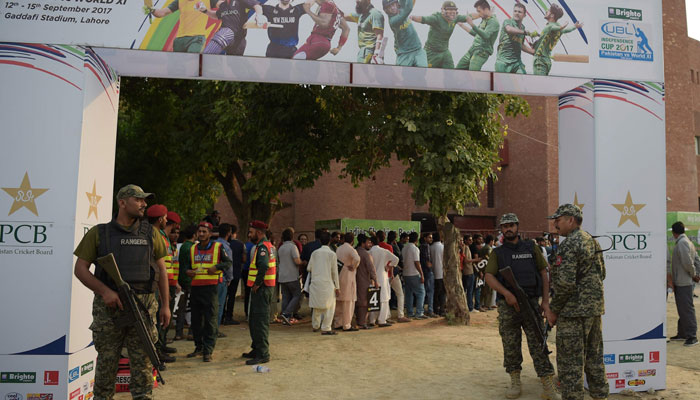
Online portal distribution failed on the first day when many fans complained that they were shown “tickets sold out” sign on the website, and later the deliveries were made just a day before the match, making it difficult for many fans coming from outside Lahore. This begs the question about the efficiency and competence of those tasked with marketing the event and making sure that the return of international cricket doesn’t turn out to be a damp squib.
The coverage on television, too, was of significantly lower standard compared to what we saw in PSL edition one. The broadcast cameras seemed to be straight from era long gone and the onscreen graphics and overall visuals were mediocre.
While both the PCB and the ICC deserve a lot of credit for persevering with the idea of bringing global cricket back to Pakistan and making it happen with this tour, it is these little things that complete the experience, both for the fans on the ground as well as those watching at home. The times have changed and it is inevitable that PCB needs to pull up their socks and show some cut-throat, modern professionalism to bring their coverage and marketing at par with global standards.
Even otherwise, what must be striking fear in hearts of a vast number of Lahoris is that there are two upcoming tours scheduled for next two months with Sri Lanka and West Indies slated for a visit. Putting a city in lockdown for three matches is very different from doing the same for two international teams for a longer period of time. It is quite simply, just not sustainable nor practical.
It was a heart-warming sight to see the floodlights blazing down on the stands at the majestic amphitheater that is Gaddafi, but it was merely a fleeting moment of joy which gave way to more apprehensions.
Ali Abbas is based in Madrid and writes on politics, culture, history and sports.




